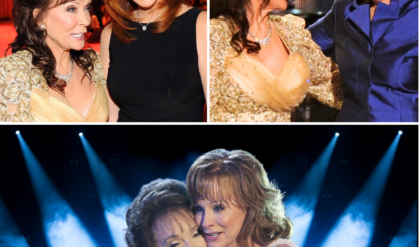The banquet scene in Frank Herbert’s Dune was a key part of building the political and social environment of the story, but it’s not in the movies.
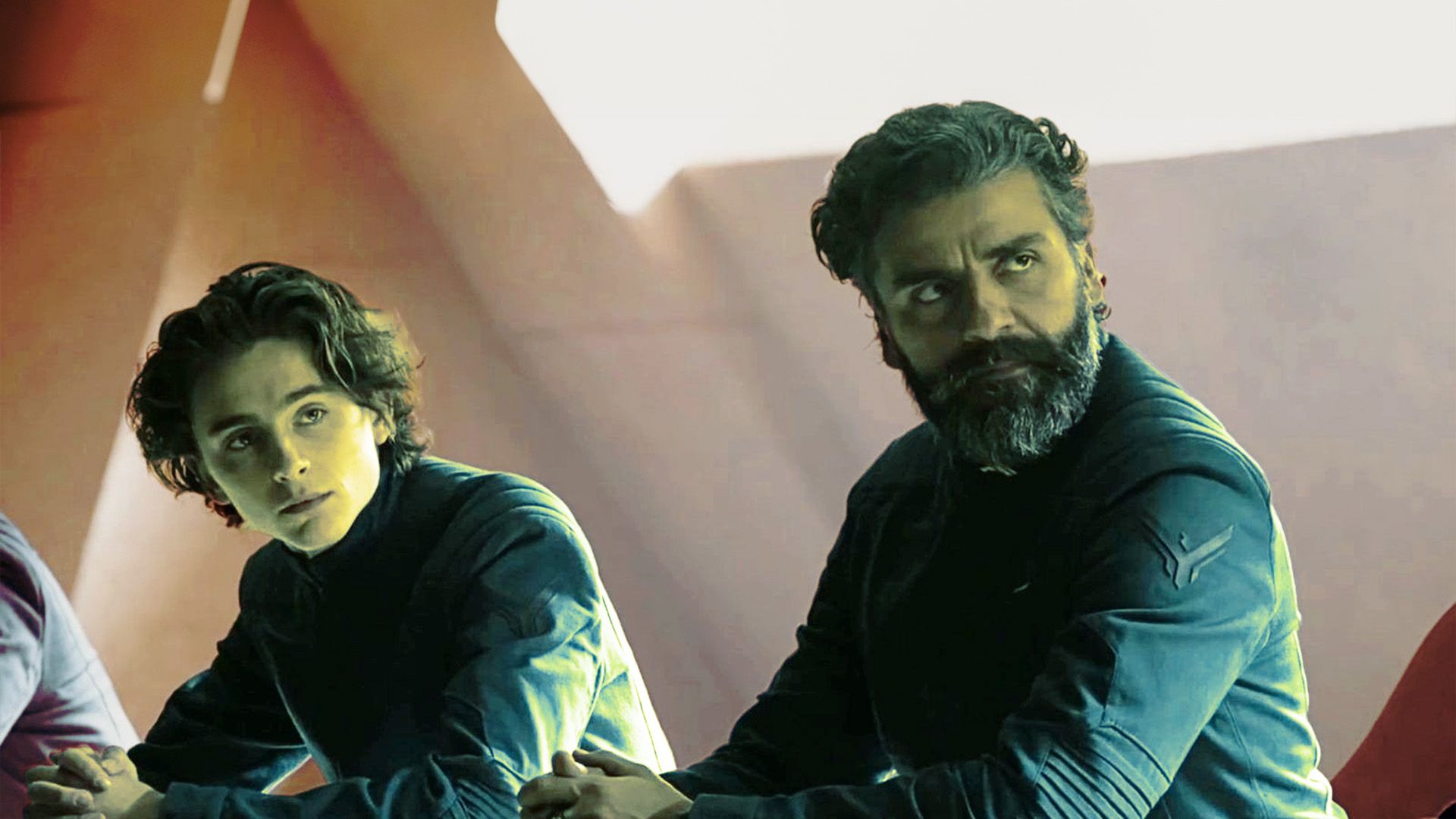
Denis Villeneuve’s Dune and the subsequent Dune: Part Two, released earlier this year, represent some of the finest science-fiction filmmaking of the decade. Through this two-film adaptation of Frank Herbert’s iconic novel, Villeneuve has created the perfect mixture of epic scale, heavy genre fare, compelling storytelling, and cinematic craft that only comes around every once in a decade or so. The closest comparisons that can be found this century are Peter Jackson’s The Lord of the Rings and the early seasons of HBO’s Game of Thrones, both adapted from books widely considered unfilmable before these defining adaptations.
As great an adaptation as Villeneuve’s two Dune films may be, they are far from a one-to-one translation of the books. Many characters, stories, and details have been altered or removed from the latest cinematic version of Dune. One of the biggest examples comes in the form of the famous “dinner scene” on Arrakis, which is often considered one of the book’s best scenes. This scene is a crucial aspect to the early part of Herbert’s novel, yet this isn’t the first time it has been left out of a film version of Dune; it was also left out of David Lynch’s adaptation from 1984. Here’s what you need to know about the content of this scene, why it is important to the story, and why it ultimately has been left out of both Villeneuve’s and Lynch’s Dune.
The Atreides Banquet Scene in Dune
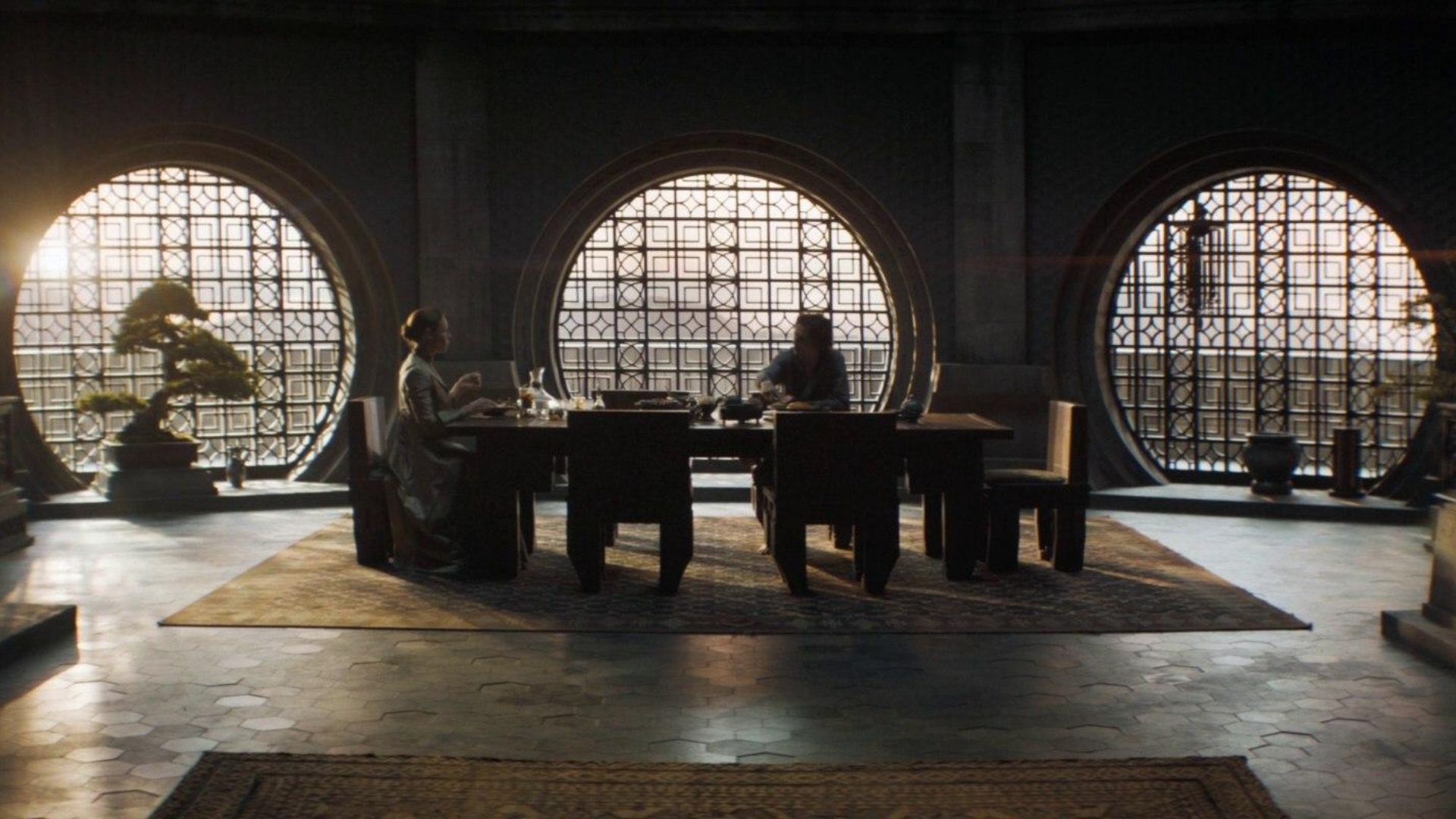
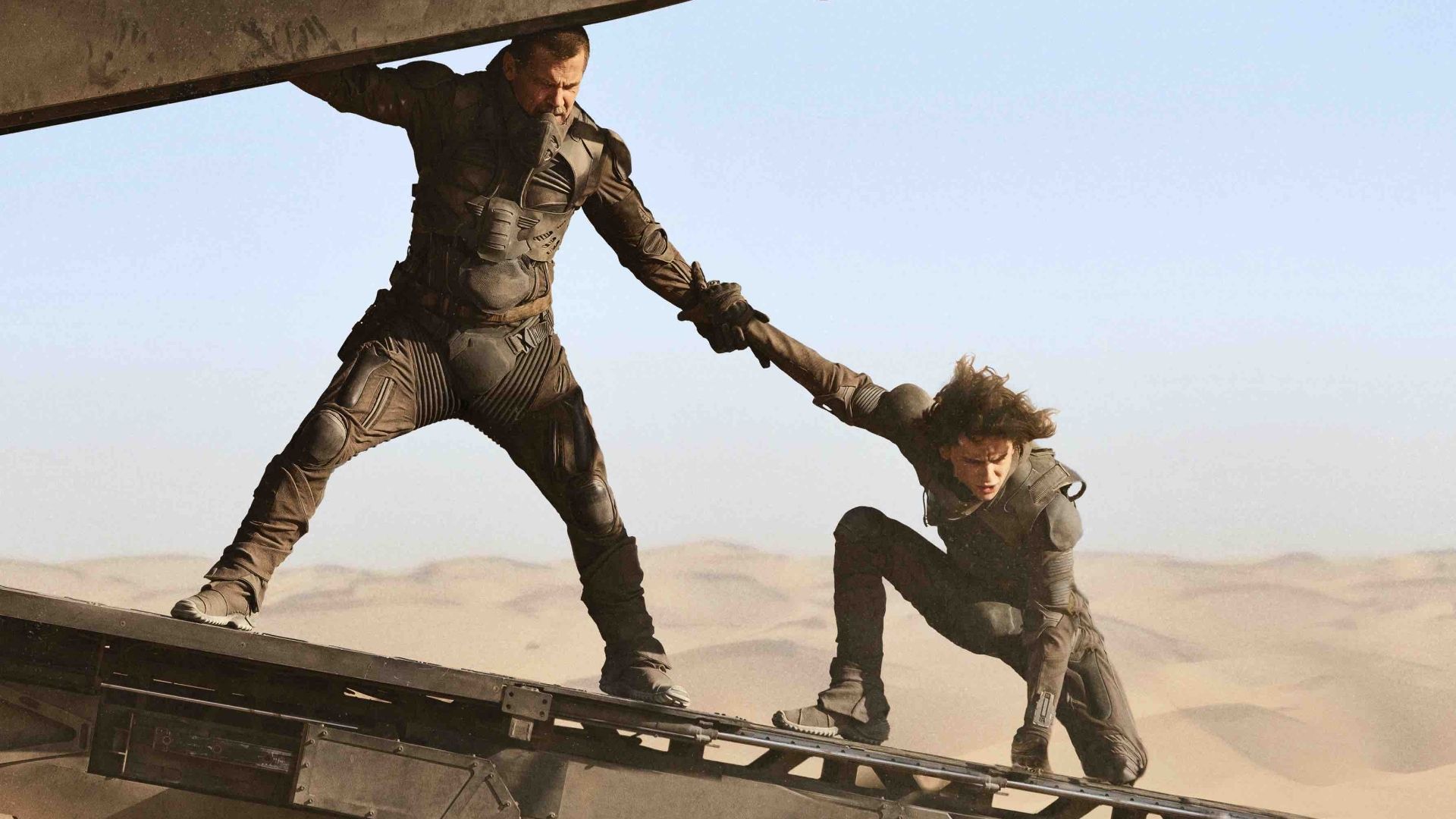
The scene in question takes place in the first portion of Dune – the original novel is split into three “books,” those being “Part One: Dune,” “Part Two: Muad’Dib,” and “Part Three: The Prophet.” The famous dinner scene can be found about two-thirds through Part One, immediately following Paul Atreides’s first encounter with the sandworm, Shai-hulud, as it swallows a spice harvester whole. Following this epic sequence, the book suddenly shifts its pace, slowing things down to provide for a more in-depth exploration of the complex politics and social quandaries that are at work in the story.
Paul’s father, Duke Leto Atreides, hosts a dinner in Arrakeen, the capital city of Arrakis. Many important figures in attendance represent different aspects of Dune‘s society, both locally on Arrakis and of the Imperium more broadly. In addition to Leto, Paul and the Lady Jessica, there is the imperial planetologist Liet Kynes (a Fremen), a stillsuit manufacturer, a smuggler, a representative of the Guild Bank, a water-shipper, and a few others. Throughout this dinner, the conversation varies from the Duke’s recent arrival on Arrakis to the customs of the Fremen, the birds that can be found on Arrakis, and the possibility of terraforming the planet into a water-rich paradise.
Amid all these conversations, there are layers upon layers of political maneuvering. Each character attempts to outplay the others as they learn more about one another, and tensions continue to rise. It’s some of the finest dialogue in Herbert’s novel. It is the first time that the idea of terraforming Arrakis is addressed – an idea that becomes crucial later on in the book – and Kynes’ discussion of the Fremen tradition of reclaiming water from the dead marks the first time that Paul learns the Fremen culture directly from a Fremen, rather than his film-books. Most of all, though, after the Duke is called away and Paul assumes responsibility as host, it shows how skilled Paul is at playing this political game.
Why the Dinner Scene Is Important in Dune
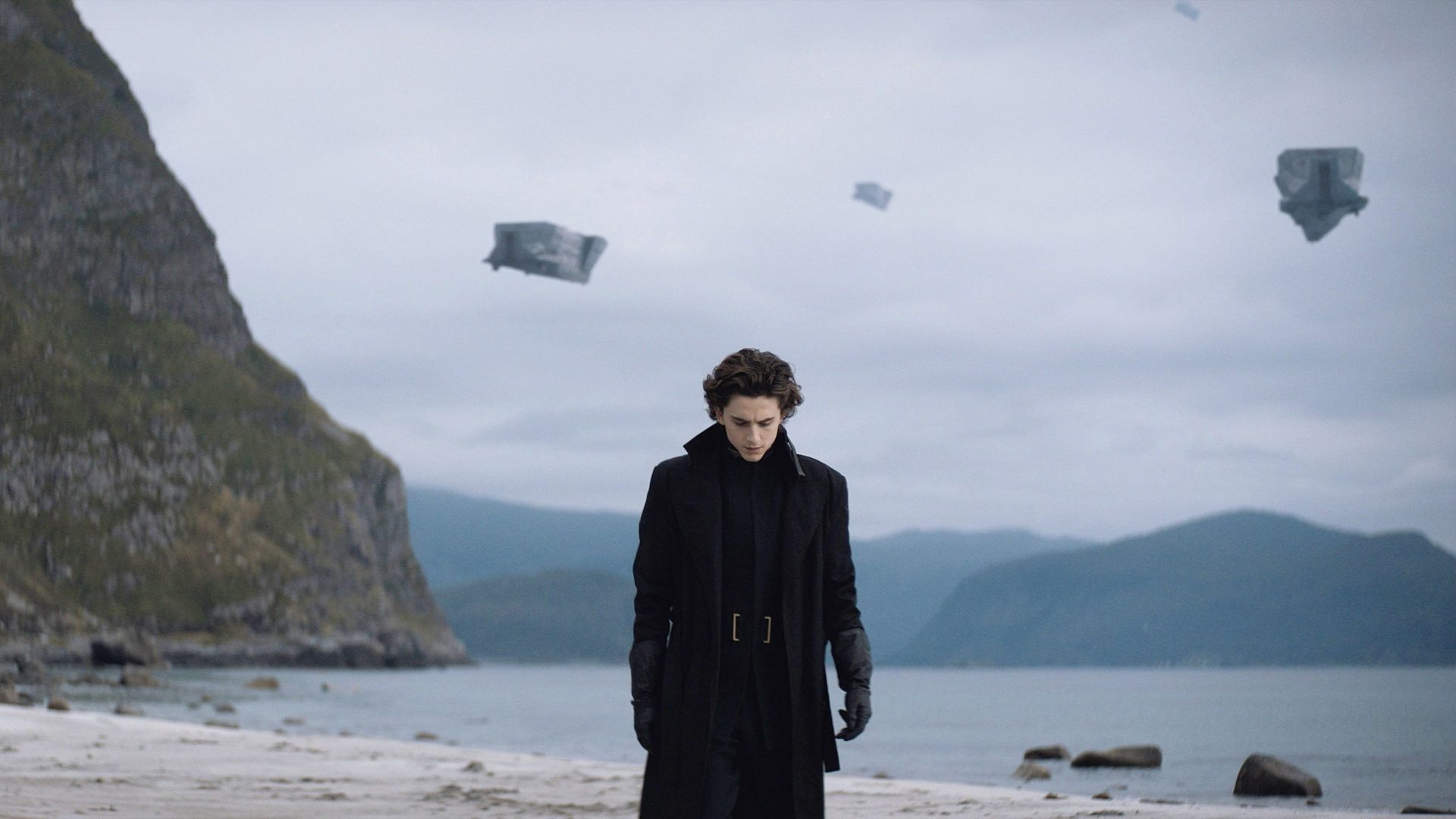
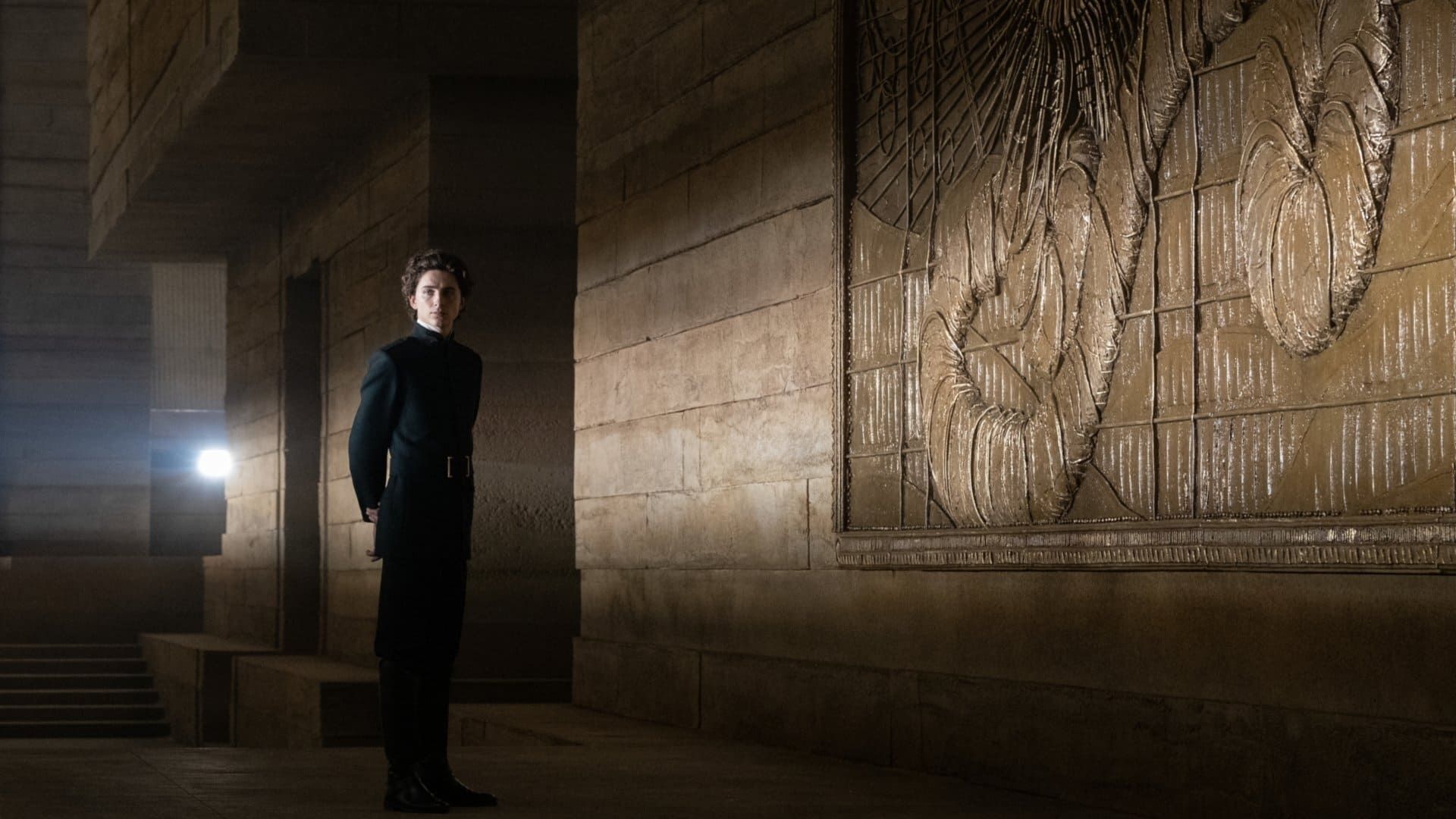
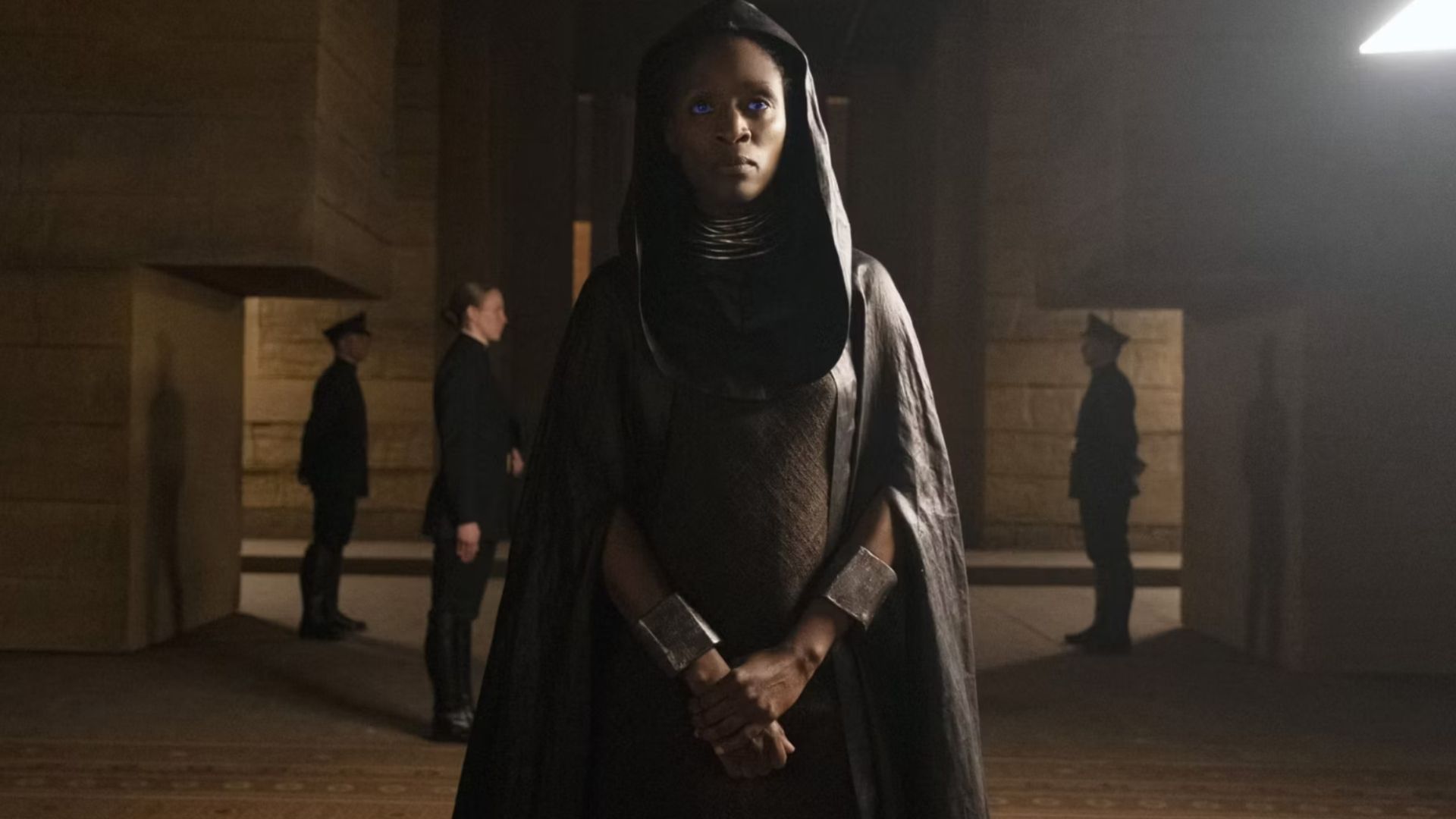
In this one chapter, Herbert can quickly and methodically communicate to the reader much of the necessary context in which Dune’s story takes place. It makes clear just how many different interests are competing against one another on Arrakis, ranging from those loyal to the Atreides to criminals trying to gain an edge, rival houses who wish to supplant the Atreides, corrupt businessmen who think only of money and the local Fremen who view the whole system with disdain. While many of these chess pieces had already been set on the board earlier in the novel, this is the first time they are shown interacting with all of their stark contrasts and differing ideologies. Adding to that, Herbert provides the internal monologue of nearly every character, allowing the reader to truly understand the varying motivations at work.
From the perspective of Kynes, this also serves as a soft introduction to the Fremen culture that will define the second half of the novel. While Kynes keeps his deep relationship with the Fremen a secret until later on, it’s clear that he is familiar with the native people and the meanings of their customs. While the off-worlders speak of the Fremen as lesser, saying that “the Fremen scum drink the blood of their dead,” Kynes is quick to correct misconceptions as he explains the process of water reclamation and why it is vital for life in the deep desert. This not only shows to those attending the dinner (and the reader) that Kynes is more than he may seem, but it also establishes that same idea for all the Fremen, who had often been underplayed and undervalued by other characters in the story.
As for Paul, this chapter is crucial to his development as a character. Throughout most of this first part of Dune, Paul is a primarily passive character. He is the son of the Duke, and he has yet to wield any great power. He is being educated by pretty much everyone around him, whether it be his father, mother, or any other member of the Atreides regimen, like Gurney Halleck or Duncan Idaho. His biggest experiences, such as coming to Arrakis and witnessing the sandworm swallow a spice harvester, only occur because he is following the instructions of the people around him.
However, when he steps up as host in the latter half of the dinner scene, this is the first major scenario in which Paul shows his own agency. He proves that he is not just a royal child but a sharp and intelligent individual who can read and react to the plotting of others much older than him. It’s the first time the reader is given a glimpse at the man who will become Muad’Dib.
Why the Dinner Scene Was Cut From the Dune Movies
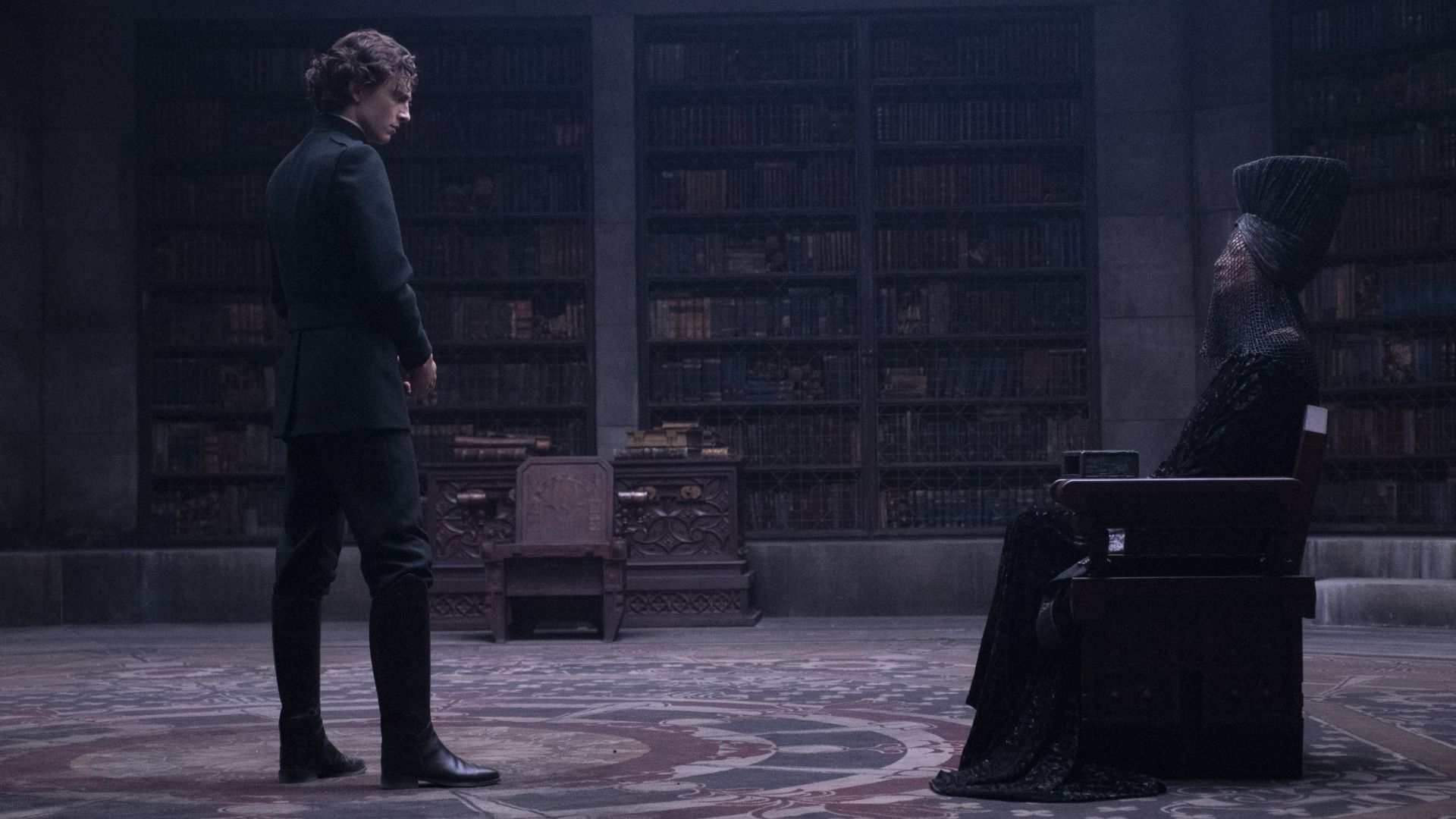
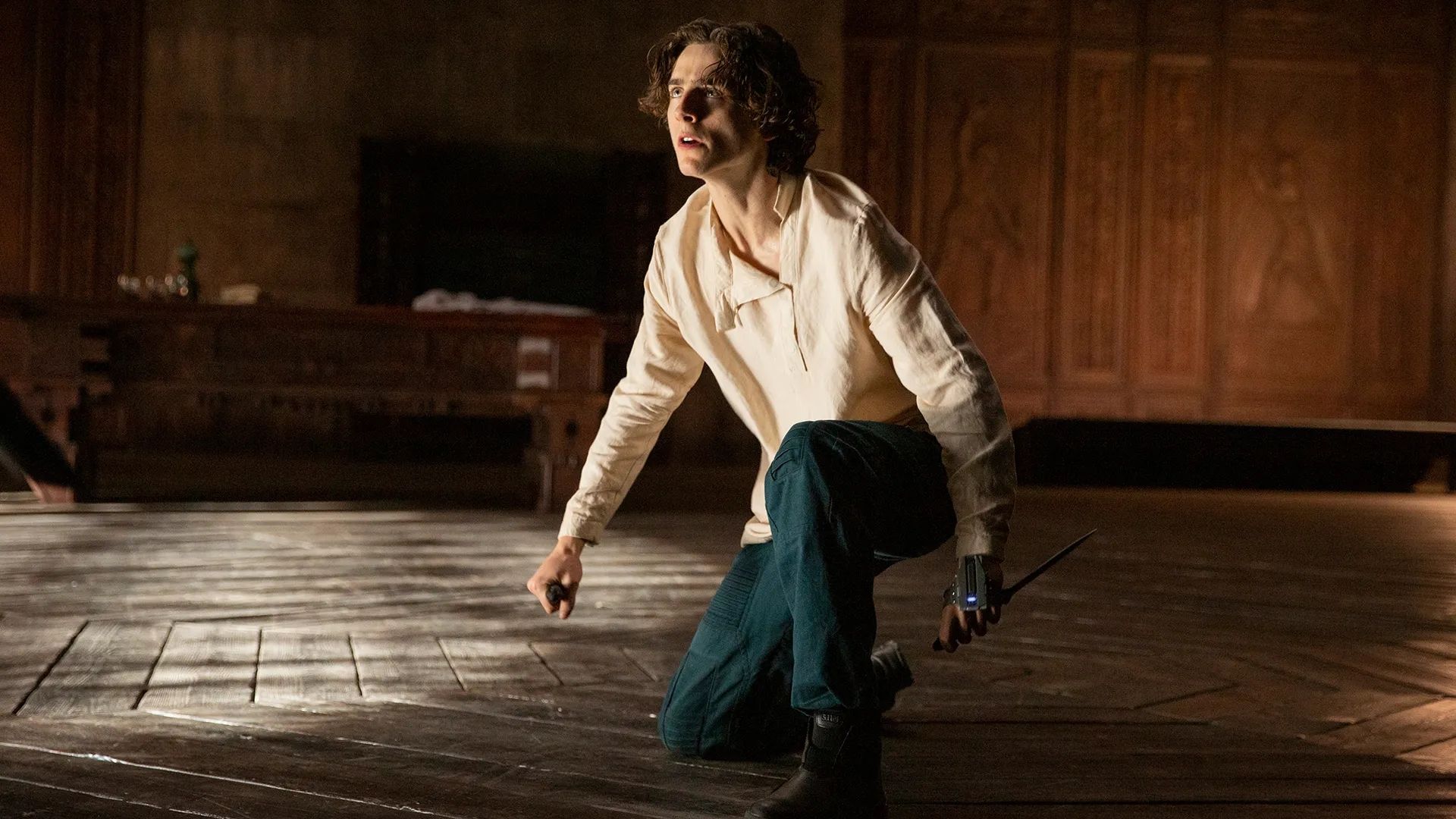
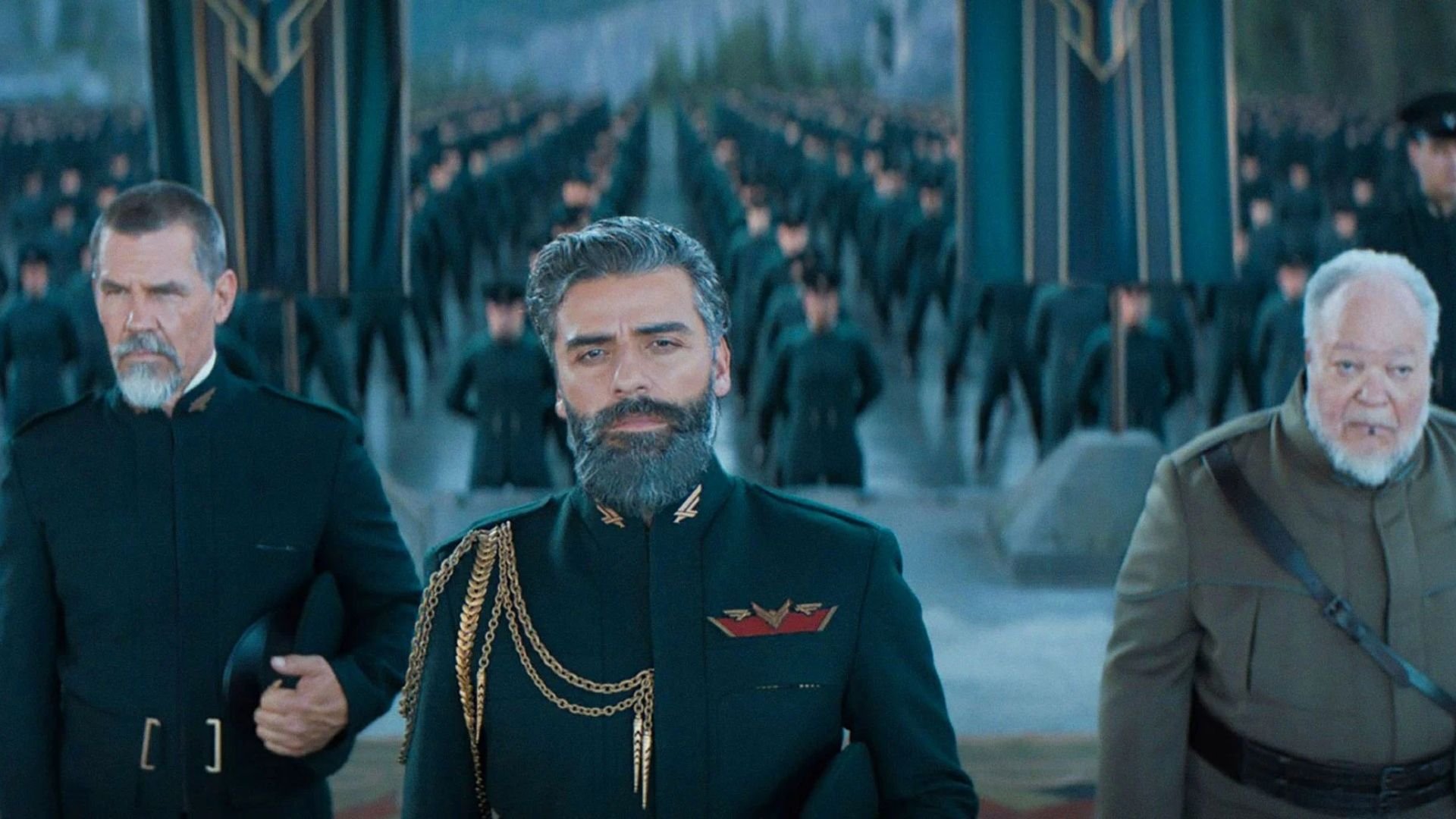
Considering how important this one scene is in so many ways, it may be surprising that it was cut from both cinematic adaptations of Dune. It should be noted that a version of it was included in the Dune miniseries on the Sci-Fi Channel in the early 2000s, though it changes the context and meaning to center on the dynamic between Paul and Princess Irulan. Regarding Lynch’s film, Herbert even commented on the omission of the scene, saying, “They only left out one scene that I wish they had included. The banquet scene.”
Given that Herbert himself wished the scene was included in the adaptation, why isn’t it in either Lynch’s or Villeneuve’s film? Well, for Lynch’s Dune, the answer is pretty simple. There just wasn’t enough time. Lynch’s film adapts the entirety of Herbert’s first Dune novel. With a runtime of just 2 hours and 15 minutes, a lot of story had to be crammed into a dense package. The story had to be trimmed down to its bare essentials in order to work. This resulted in many iconic scenes being cut from Lynch’s version of Dune, with the dinner scene being one of the most notable.
As for Villeneuve, the reason is a bit more complex. Since the director had over five hours across two films to tell this story, it seems to reason that he could’ve easily included the scene in the first film. However, Dune is a very dense story, and Villeneuve’s approach is much more focused on its spirituality rather than politics. While the politics are certainly at play, they aren’t given as much priority as the religious aspects of the story. Because of this, many of the details in the dinner scene weren’t necessary for Villeneuve’s movie, and those that were crucial could easily be inserted into the story elsewhere.
As much as it may hurt die-hard fans of the book, this was the right decision, as it keeps the story focused and concise instead of a poor attempt to shoehorn in everything found on the page of Herbert’s book. It’s safe to say that, at least for Villeneuve, his creative choices have paid off so far. Dune is available to stream on Hulu and Max. Dune: Part Two is available to rent or buy on Apple TV and Prime Video.





